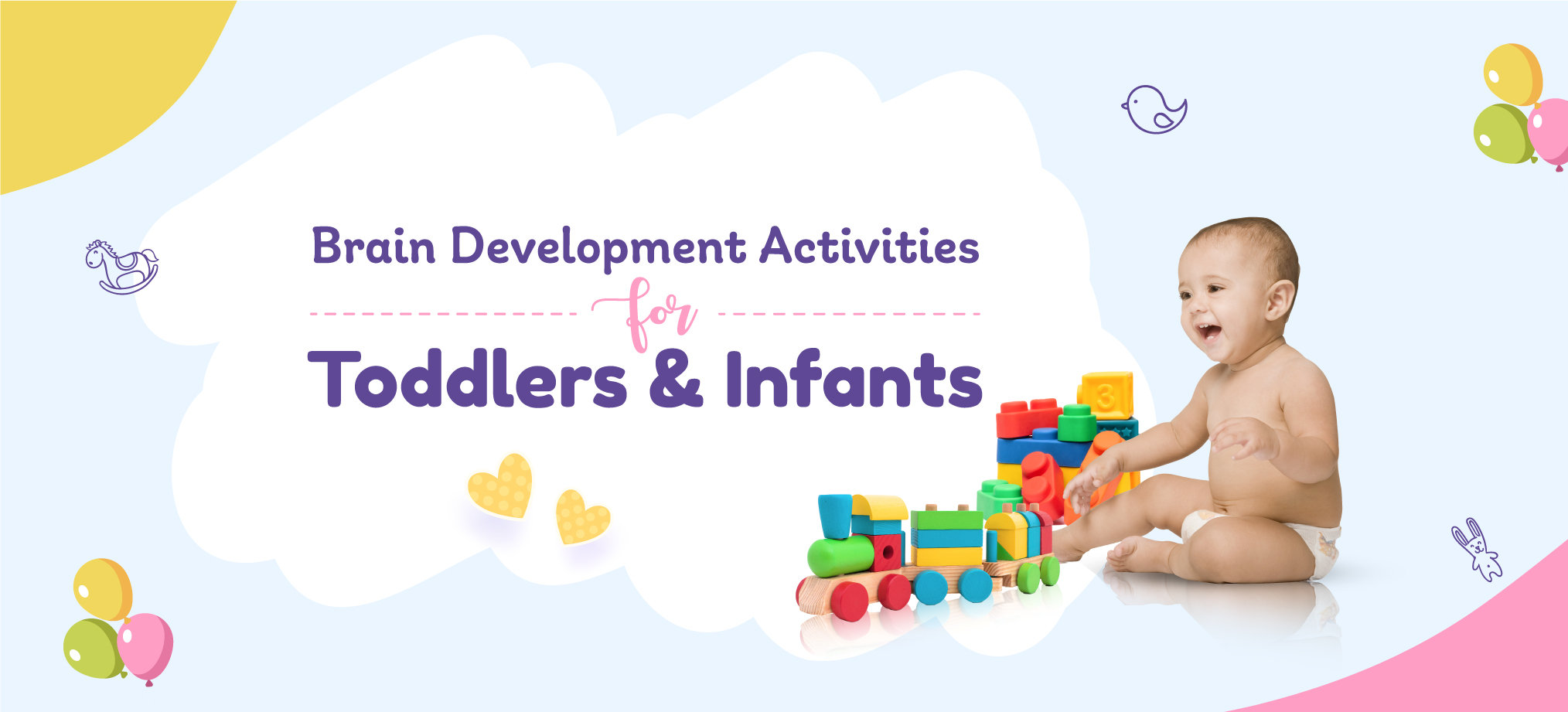- Home
- Blog
- Mom & Baby Care
Colic In Babies: How To Spot Them And The Ways To Soothe Your Little One
Mom & Baby Care
Colic In Babies: How To Spot Them And The Ways To Soothe Your Little One
By Apollo 24|7, Published on- 08 May 2023, Updated on -16 June 2023
Share this article
0
0 like

Newborns often get fussy and cry without any reason! This often indicates colic in babies. Colic in babies is characterised by excessive bouts of crying at unpredictable times in an otherwise healthy, well-fed baby. The most common cause of colic in babies is abdominal muscle spasms. While it is uncomfortable for the baby, it is often a frustrating and helpless condition for parents who cannot identify the cause of their baby's cry.
During colic, the baby's crying lasts for more than 3 hours a day, happens more than 3 days a week and occurs for over 3 weeks. This is common in a baby 3 to 6 months after their birth as it subsides as the baby grows older. To be able to soothe and comfort their child, parents must be aware of the signs and symptoms of colic in babies.
What Causes Colic in Babies?
While the exact cause of colic is unknown, it can occur due to several reasons:
- Gas in the abdomen due to swallowing air while crying or nursing
- Reflux of milk
- Allergies to food substances (in babies over 6 months of age)
- Intolerance to milk proteins (when formula-based milk is given)
- Stress in the family or if the caregiver is stressed
- Imbalanced hormone levels, that may affect the baby’s gut movement
- Intolerance of cow milk
- Abnormal growth of micro-organisms in the intestines
What are the Signs and Symptoms of Colic in Babies?
For parents dealing with a colicky baby, it can mean hours of crankiness without a stop. While managing the baby during this time is difficult, relieving and soothing them is also essential. Here are some symptoms that indicate your baby may be colicky:
- Intense bouts of crying through the day or sometimes the entire night.
- Restlessness at night
- Crying for no apparent reason with clenched fists, curled legs and tense abdominal muscles
- Difficulty in calming the child
- Calmness between two periods of crying
- Despite the episodes of crying the baby achieves normal weight and growth milestones as per age
How is Colic Diagnosed in Babies?
Since there is no apparent reason for colic in babies, its diagnosis is usually an exclusion. When a colicky baby is taken to a doctor, they will usually look into more common causes of abdominal pain. If the baby is gaining normal weight and feeding well and other causes of abdominal pain are ruled out, colic is the most likely diagnosis. Other than colic, reasons for inconsolable crying in babies could be:
- Volvulus (intestinal twist)
- Lactose intolerance
- Diaper rash
- Testicular torsion (rotated testicle)
- Strangulated hernia
How can Colic be Treated in Babies?
Parents must be able to understand their baby’s cry. While it does take some time for parents and babies to get used to each other, parents need to understand that babies cry for a certain amount of time every day. Here are some tips and treatments to soothe a colicky newborn or infant:
- If the baby is bottle-fed, using a curved bottle may help keep the baby upright and reduce the chances of gas.
- To reduce the amount of air a baby swallows during feeding, they must be burped often.
Since every baby is different, what works for one may not work for the other. But, a few other tips one can use are:
- Ensure the baby is well-fed. Do not over-feed the baby.
- Change the baby’s position. For example, sit the baby up if lying down. Hold the baby’s face upwards. They love to see the world around them!
- Distract the baby with interesting colours, textures, sizes or shapes
- Cuddle, talk or sing to the baby
- Rock the baby or walk with them
- Give the baby a warm water bath
- Place the baby on their belly on your lap and softly rub their back
- White noise or other soothing noises like that of a fan may be soothing to a fussy baby
- Use a pacifier
If nothing works, it may be helpful to consult their paediatrician, who will rule out other reasons for the baby’s fussiness and colic.
In conclusion, colic in babies can be a challenging experience for parents but it is important to remember that it's a temporary condition. By recognizing the signs and symptoms of colic and implementing effective treatment strategies such as soothing techniques and adjustments to feeding habits, you can help your little one feel more comfortable and calm.
Don't hesitate to speak with your paediatrician for additional guidance and support regarding the symptoms and signs of colic in babies or colic treatment in newborns.
Consult Apollo's Expert Paediatrician
FAQs
1. Is colic similar to gas?
Both colic and gas can make the baby fussy. However, when the baby is colicky, they may cry for hours together for many days. But, in case the baby is having discomfort due to gas, the fussiness and crying will stop once the gas has passed.
2. Is colic always painful?
While the baby cries during colic, it may not always be painful unless they have gas or their abdominal muscles are tense or spasmed.
3. At what age are babies more likely to experience colic?
While colic starts when the baby is around 3 weeks old, most babies experience bouts between 4 and 6 weeks old.
4. Does breast milk cause colic?
Breast milk does not cause colic. Moreover, babies who are on formula milk also get colicky.
5. When does colic resolve by itself?
Babies usually grow out of colic by the time they turn 3 or 4 months old.
Consult Apollo's Expert Paediatrician
Medically reviewed by Dr Sonia Bhatt.
Services
Mom & Baby Care
Leave Comment
Services
Recommended for you

Mom & Baby Care
Preterm Birth- Causes, Complications and Care
Everyone in the family is super-excited as the date for the’s delivery is nearing. Becoming a mother for the first time is both, an exciting and nerve-wracking experience. In this time a mother may have read tons of articles and watched numerous videos on pregnancy, tips to stay healthy, and followed the doctor’s advice at each check-up. But, giving birth can have its own set of complications like preterm birth. Have you heard about this?

Mom & Baby Care
Is it safe to eat papaya and pineapple during pregnancy?
Often pregnant women are advised not to eat pineapple and papaya because they result in uterine contractions. Read on to know the scientific truth.

Mom & Baby Care
5 Games For Healthy Brain Development Of Toddlers & Infants
Responsive games are an excellent way to provide your toddler with the stimulation and development needed for healthy brain growth. This blog discusses the top 5 responsive games to aid in the brain development of infants.
Subscribe
Sign up for our free Health Library Daily Newsletter
Get doctor-approved health tips, news, and more.


